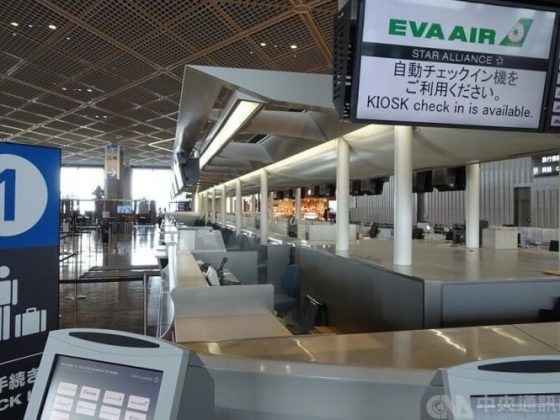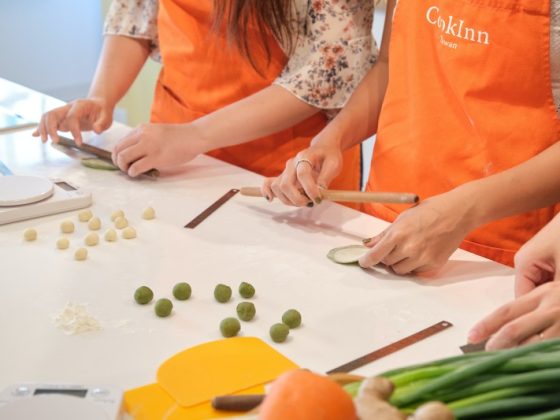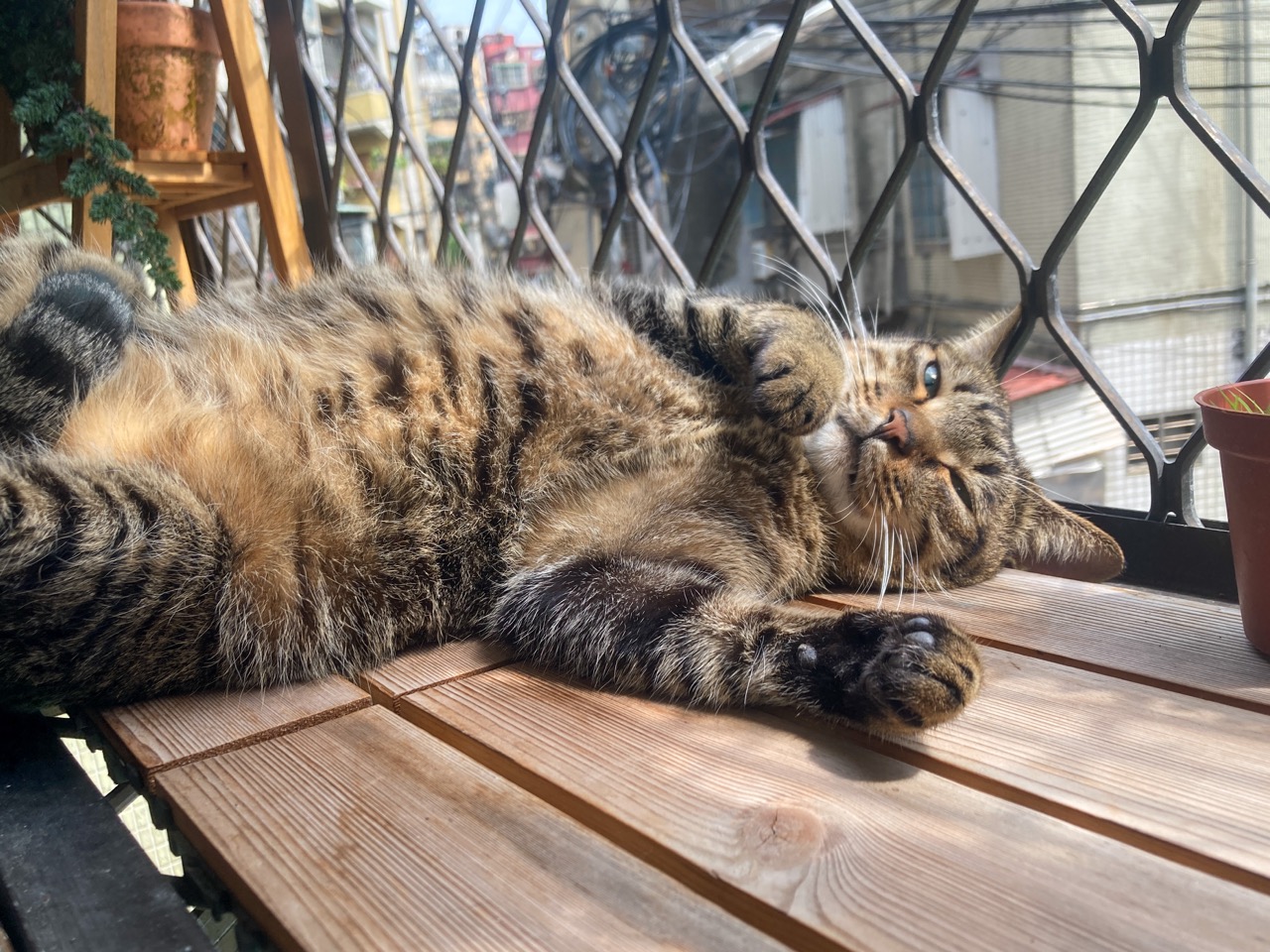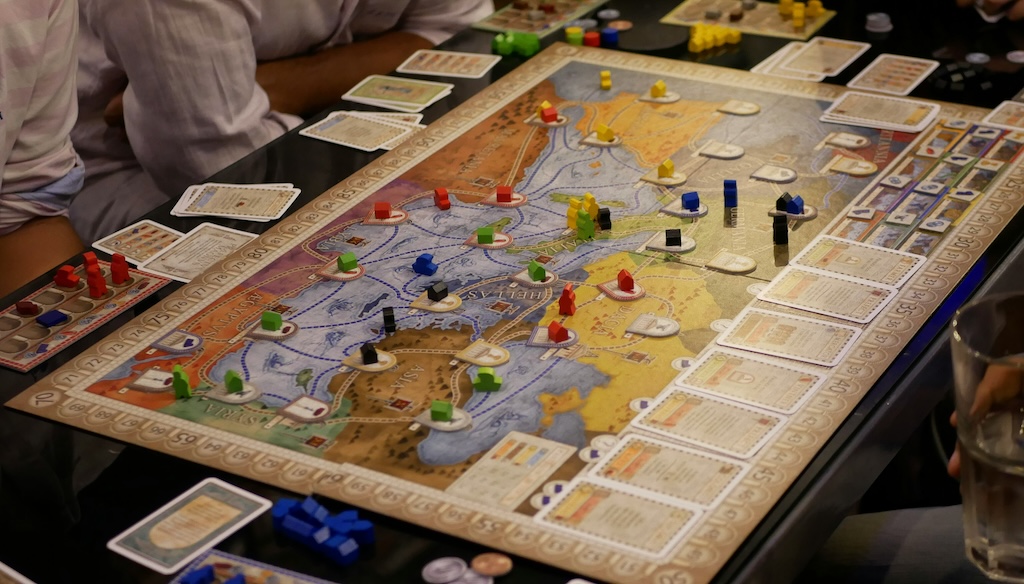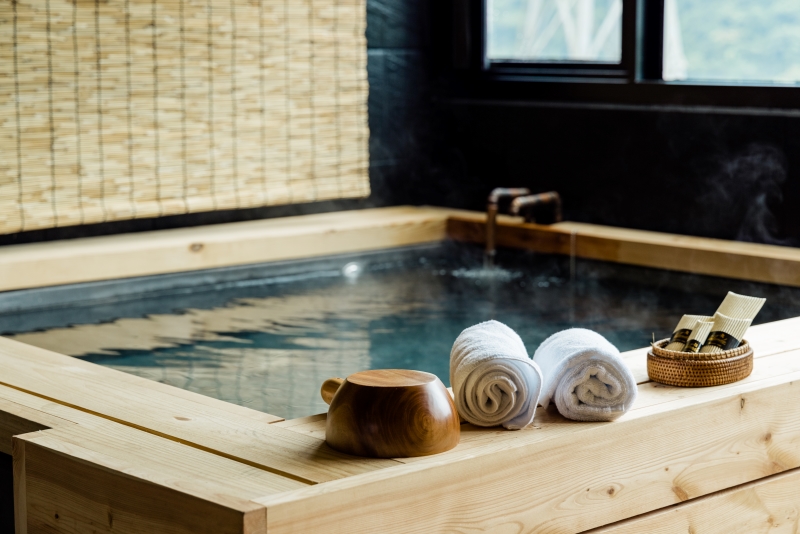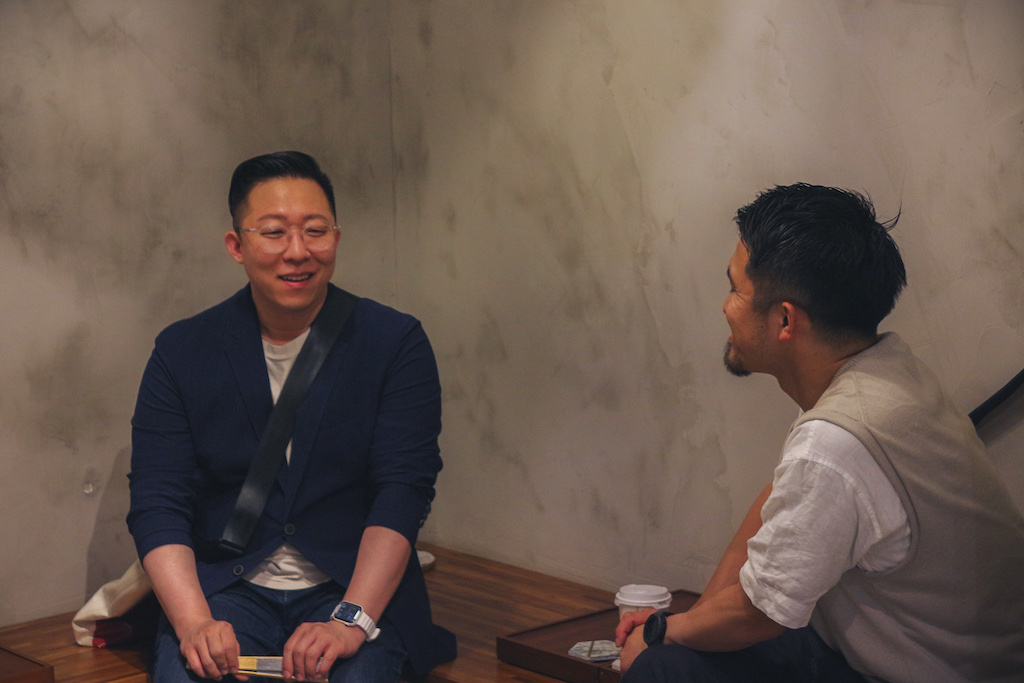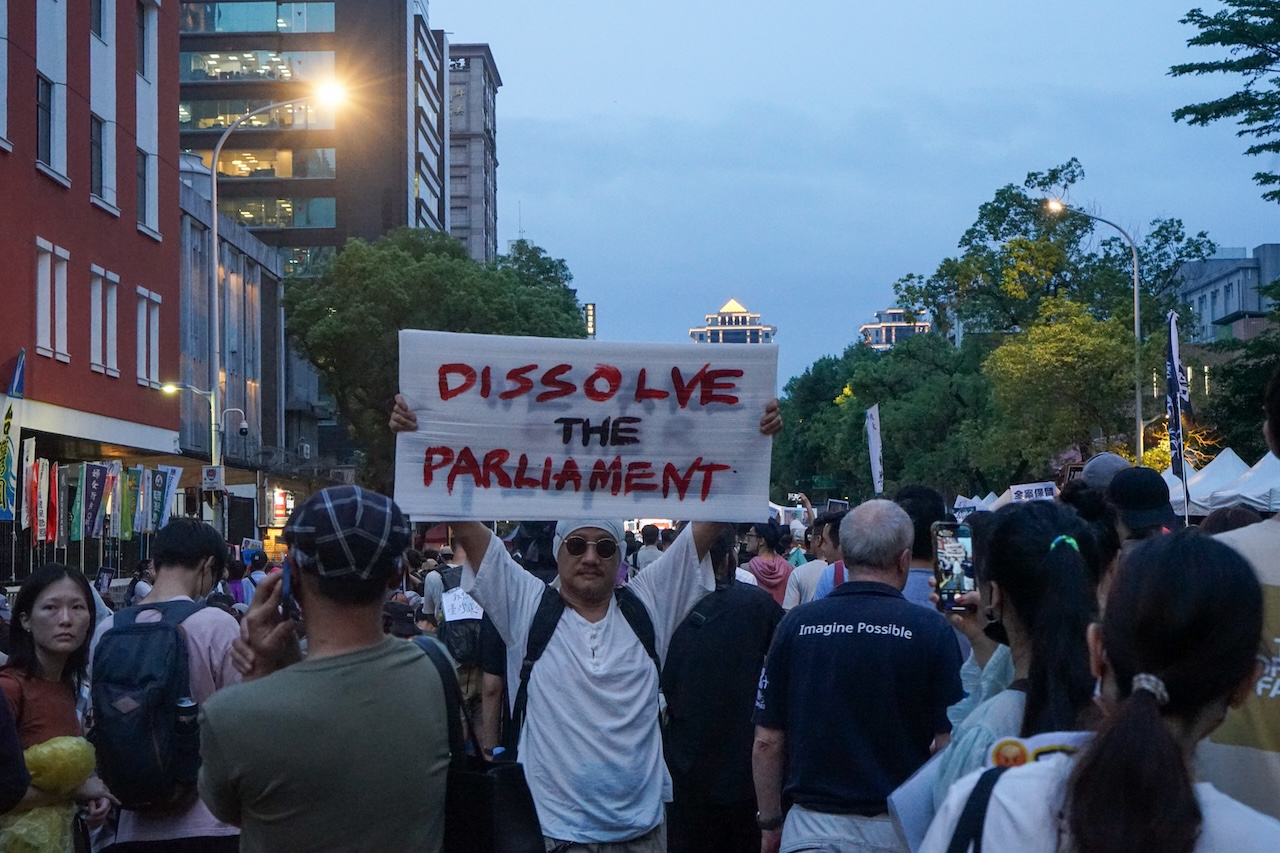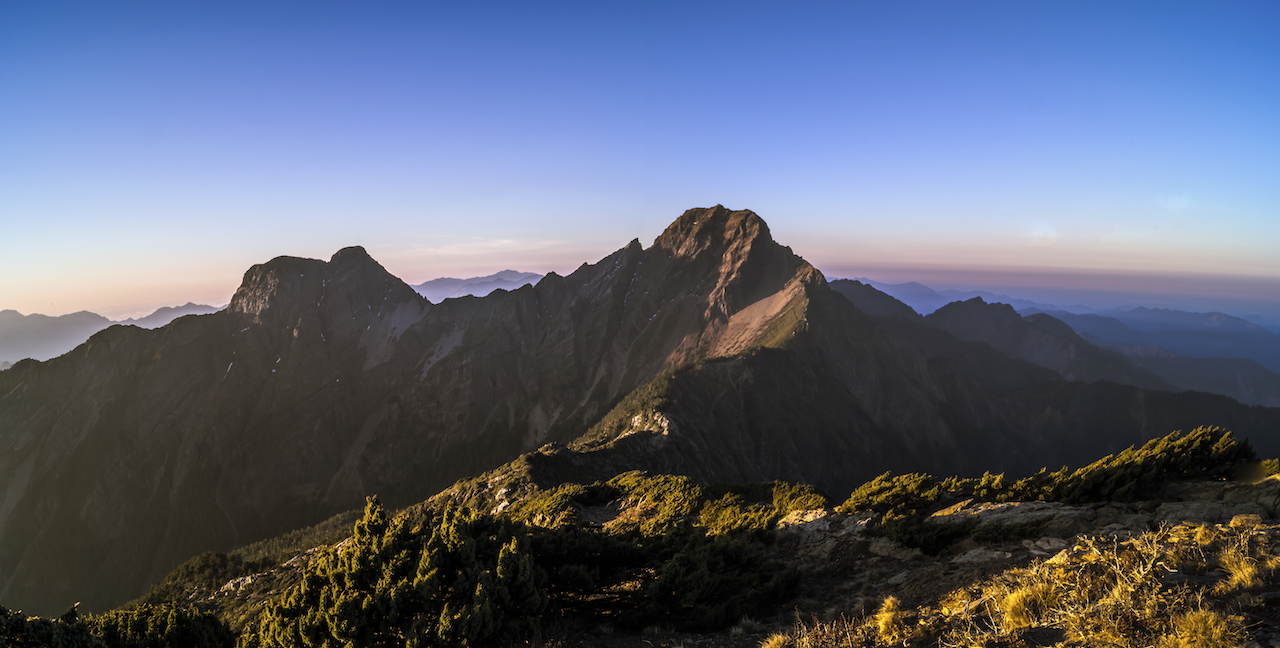Every year during the seventh month of the lunar calendar (August/September, usually), the northern port city of Keelung (雞籠), celebrates the Mid-summer Ghost Festival. Also known as just Ghost Festival, the celebration is a mix of Buddhist and Taoist rituals and dates back to the mid-19th century. The celebrations take place across a 15-day period, with the spirits (sometimes known as “hungry spirits”) being appeased by the burning of incense, the throwing of banquets and a variety of other traditional festivities. Here is a rundown of the Ghost Festival highlights, including everything you need to know. (Read more: Traveling to Taipei during Ghost Month)
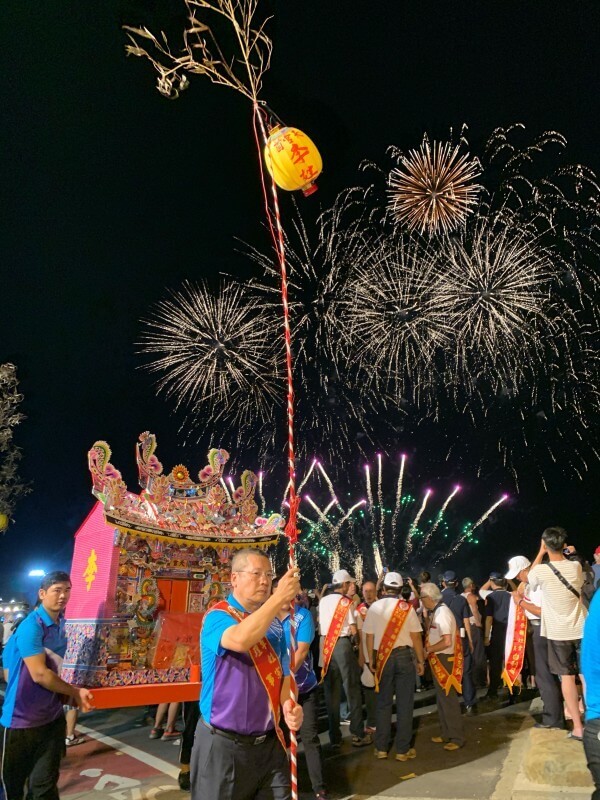
Day 1
The festival starts at noon on the first day of the seventh lunar month at Laodagong Temple (老大公廟), where the Gates of Hell are opened to welcome the spirits to the mortal world. The ritual, known as “kanmen (龕門),” sees the gates/opening to hell left open for the entire month to give the spirits (often referred to as “good brothers”) the freedom to access the world of the living as they wish; hence the popular term “Ghost Month.”
The Ghost Festival festivities are organized by a different one of Keelung’s 15 native clans each year. Families historically have 15 years in between their turns as it is an expensive affair and requires a lot of saving.
Day 12
The 12th day of the seventh lunar month sees the Taoist exorcism take place, with the lights on main alter at Zhupu Temple (主普壇) being lit. The temple is located in Zhongzheng Park and overlooks Keelung’s famous harbor.
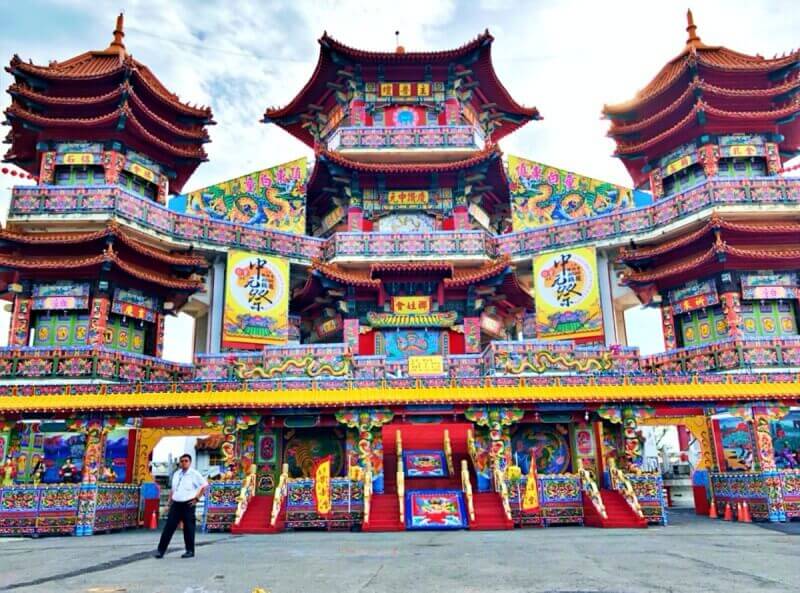
Day 13
Day 13 sees the Dipper Lantern (Ying Dou Deng) paraded around Ching-An Temple in a ritual that involves praying for good fortune.
Day 14
Day 14 see a large parade in downtown Keelung involving all 15 of the city’s clans ahead of the water lantern releasing ceremony. The various floats drive circuits of the city center, many adorned with flashing lights, blaring loud music as they go.
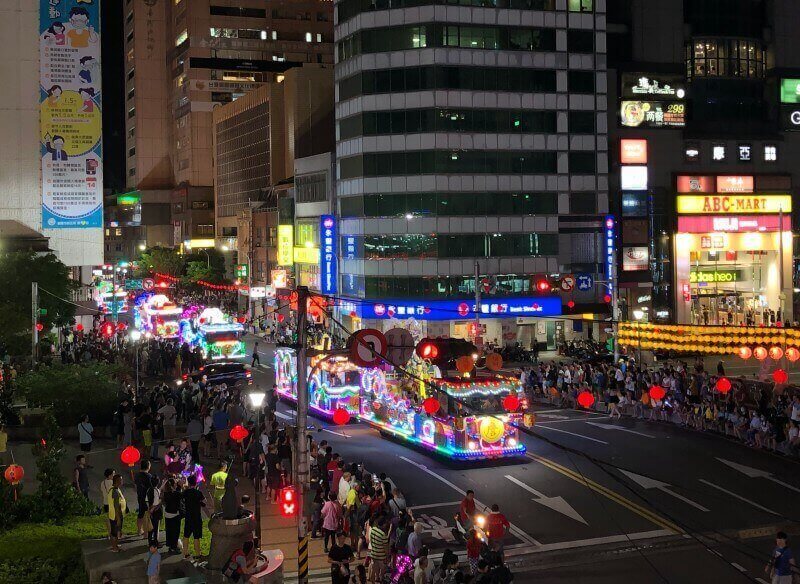
Later in the evening, the main event of Ghost Festival takes place: the water lantern releasing down at Badouzi Harbor. Before 11pm, water lanterns from each of the city’s clans/families are set alight and pushed out to sea, as well as lots of ghost money (also known as paper money) being burned or thrown in the ocean. This water lantern ritual is designed to guide spirits lost at sea to the shore, so they can take part in the festival’s festivities. (Read more: Getting the most from Ghost Month in Taiwan)
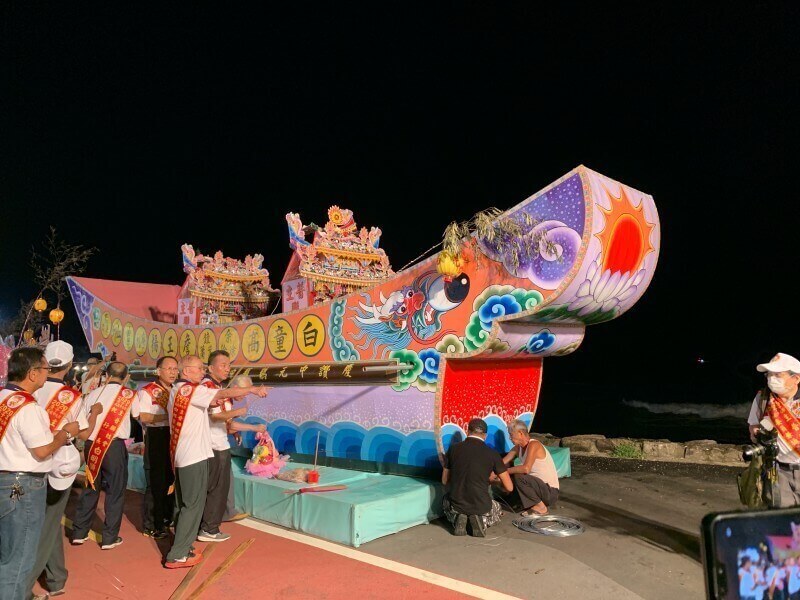
Day 15
A public Taoist prayer is held in the form of a ritual sacrifice at Zhupu Temple’s altar. In the past, the sacrifice was a live pig, but the more modern incarnation of the festival has deemed a ritual animal sacrifice as too cruel. Nowadays, a more ethical offering is made, usually in the form of packs of noodles or something of the like (see the image below). Every household/local community also holds a ritual known as a “pudu,” which involves offering incense and food to the spirits in exchange for them not visiting their homes. Paper money/ghost money is also burned.
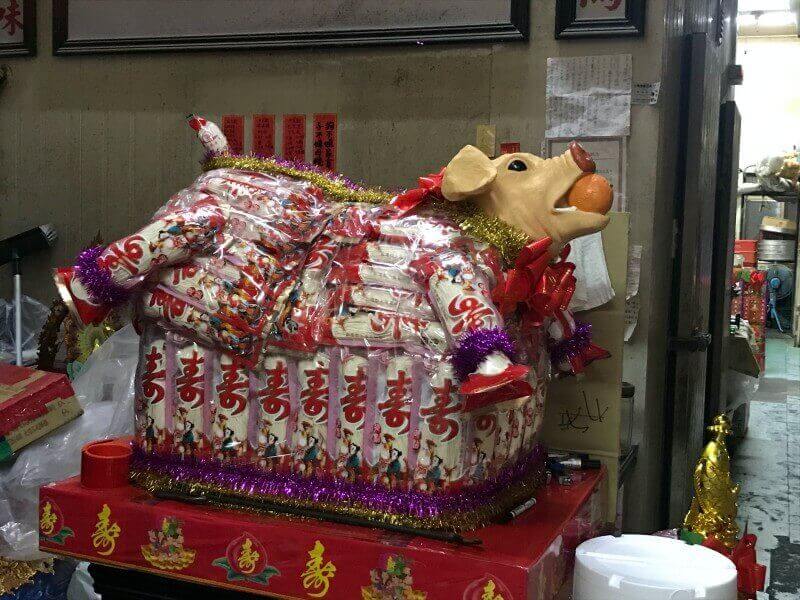
Then, come midnight, is the ritual of Chung Kwei (the deity whose job it is to protect people from evil spirits). He is said to arrive in order to prevent the spirits from disturbing the living and to keep them calm.
First Day of the Eighth Lunar Month
The end of the festival is marked back at Laodagong Temple, as the gates of hell are closed and a ceremony is performed to prepare the organizing family in question for the following year’s celebrations.
To know more about the city of Keelung, download the the free online brochure or check out the website here!


